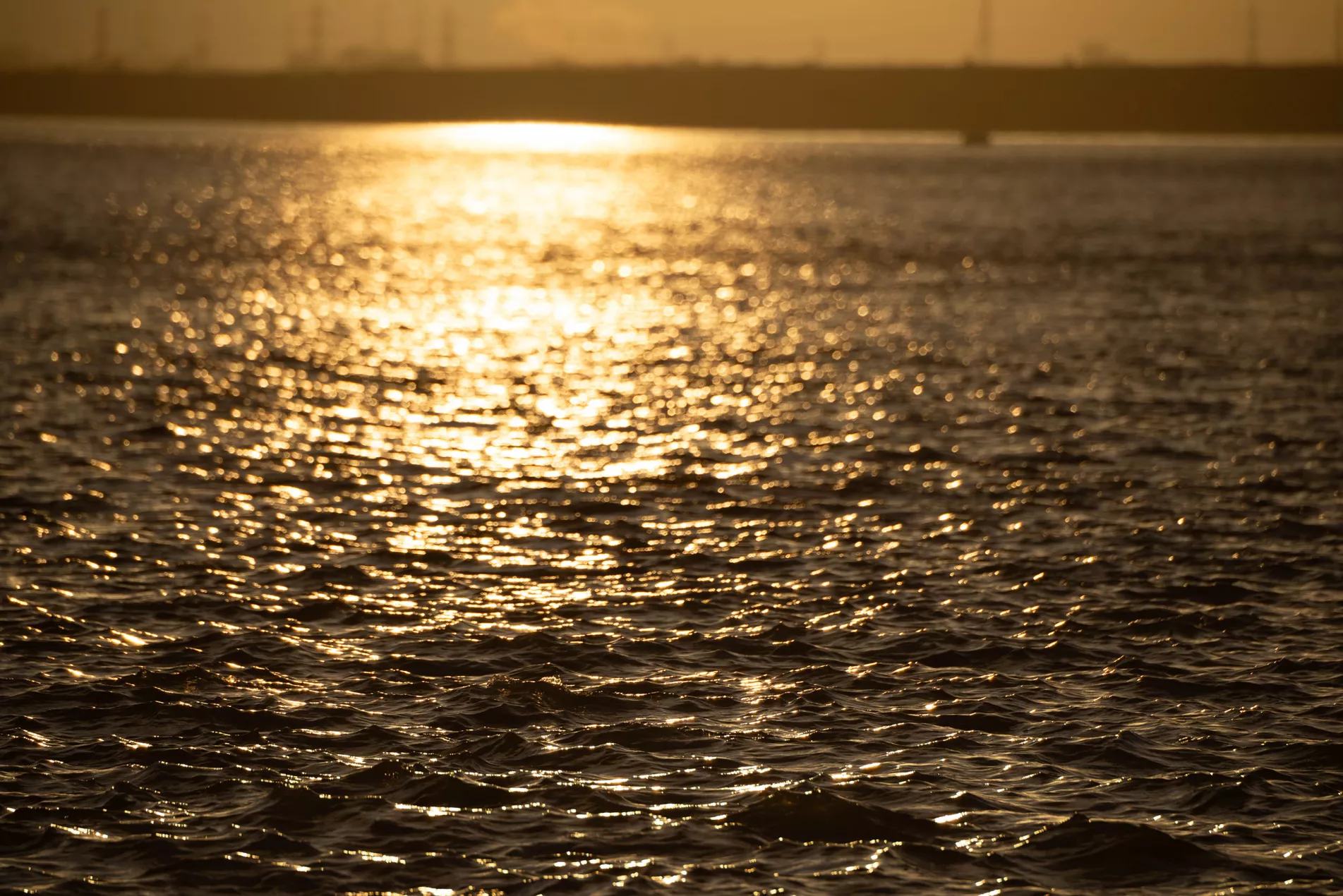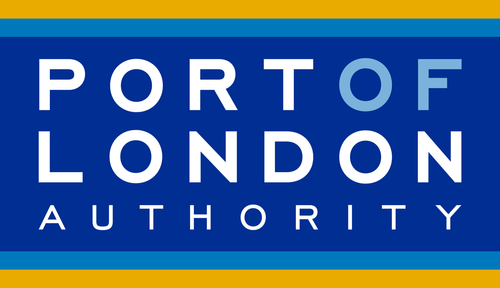Live Tides
NOTICES TO MARINERS
Charts & Surveys
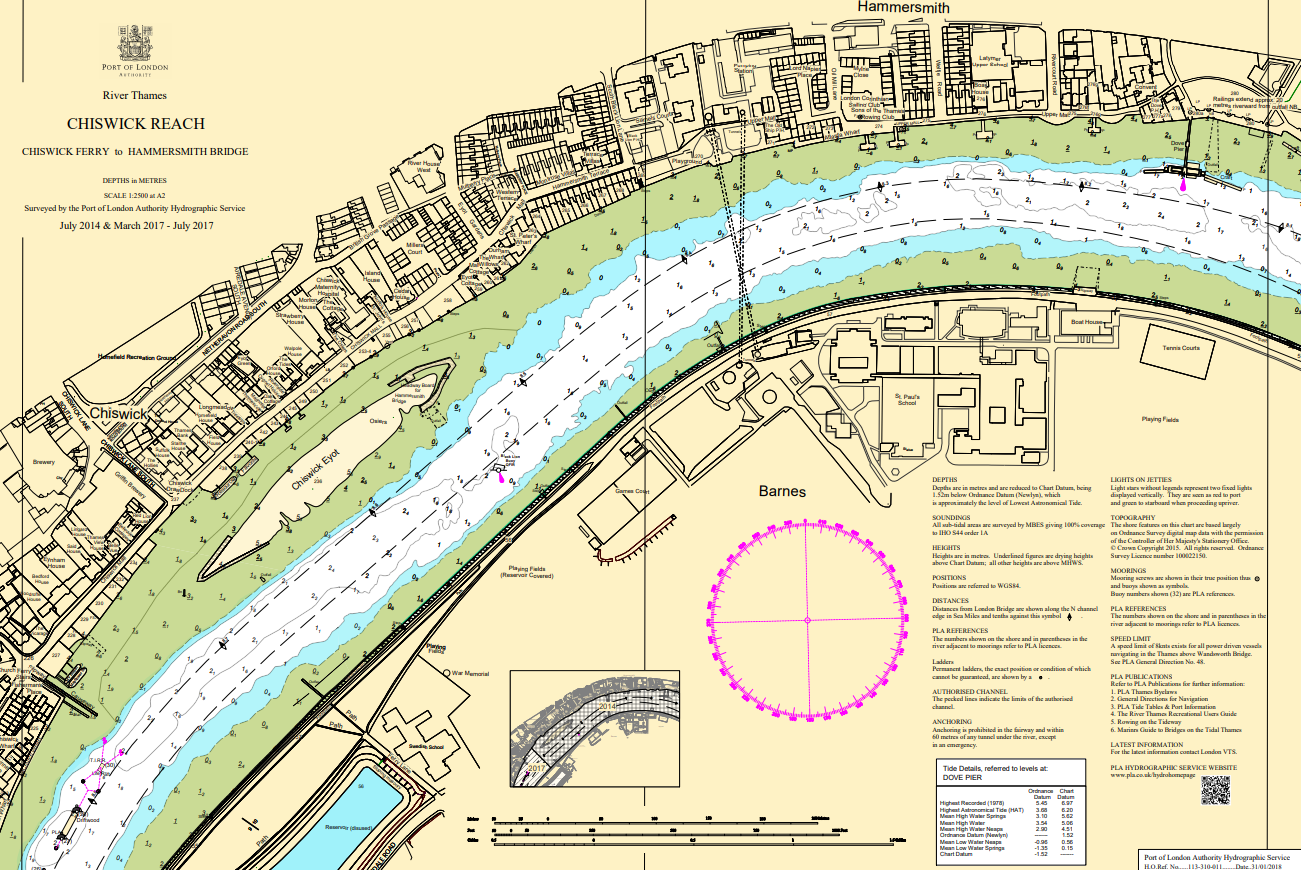
Incident reporting
Life-threatening emergencies on the river:
Call 999 and ask for the Coastguard
For near miss, safety observations and incident reporting click below
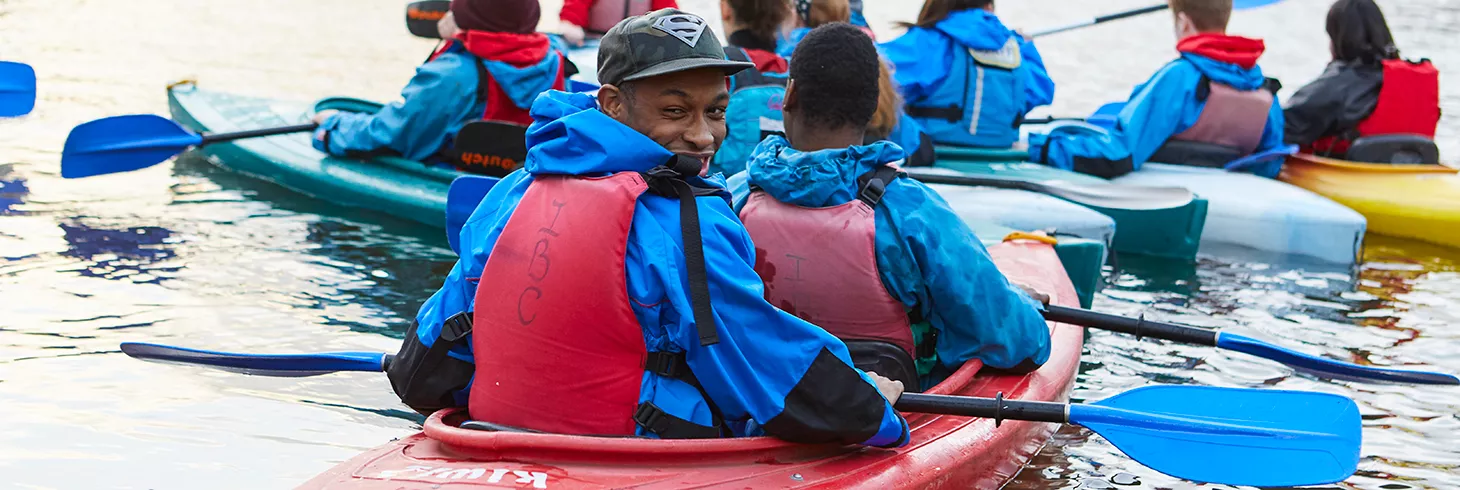
Destination Thames
The Thames is an iconic draw for people from near and far
Tourists are drawn to the river’s banks from Tewksbury to Texas, while local people take to the Thames for sport and recreation from Southend to Strand on the Green.
For many residents in the south east it is the paramount place to live, enjoy and get active.
Vibrant, river-connected communities are a key part of the river’s future, with new settlements emerging, particularly in East London and the wider Thames Estuary.

Voices from the river
We asked key partners for their view on the future of the river as a destination, for travel, sport, culture and more beside.
• Juliette Raison, Active Essex
• Kyle Haughton, City Cruises
• Des Garrahan, The Ramblers
• Adrian Evans, Thames Festival Trust
RESEARCH FINDINGS
The outlook for Destination Thames is drawn from multiple pieces of research.
In partnership with Transport for London, we commissioned ARUP to identify options to achieve safe and sustainable growth in passenger journeys on the Thames in London, Kent and Essex.
In 2021 the London Sport consultancy team helped us understand more about the background of watersports participants, coaches and administrators and what they consider to be barriers and opportunities to enjoying blue space across London, Kent and Essex.
We commissioned Opinium to conduct a public engagement survey among people living and working near the tidal River Thames in London, south Essex and north Kent explores the public’s perception, awareness and experiences with the river.
The Case for a River Thames Cultural Vision, developed by the PLA and GLA which sets out how best to integrate the river into the city’s cultural offer.
With just 4.5 million trips in 2021, the immediate priority is recovery of river travel to pre-pandemic levels of around ten million trips annually.
Looking longer term, ARUP found that growing river travel was realistic, but substantial investment and innovation would be needed to achieve the targeted 20 million annual trips by 2035.
It was noted that the upper limits of growth would potentially double the peak hour vessel movements and require interventions to increase river capacity, such as pier improvements.
The report also highlighted the significant potential for eastwards expansion of passenger services as the population in East London and beyond is set to grow.
River travel is the entry point for many into the world of London attractions, from the four UN World Heritage sites along its banks to the Illuminated River experience. This aligns with market research agency, Opinium’s findings in a public perception survey that passenger transport, tourist sites and the Thames Path are the top three attractions on the river. Illuminated River, which picks out nine bridges in central London in a unique light installation, is part of the Mayor of London’s Vision for a 24-hour city. It is one of the initiatives reflected in The Case for a River Thames Cultural Vision, developed by the PLA and GLA which sets out how best to integrate the river into the city’s cultural offer.
Awareness and activity on the river varied between age groups, with young people more likely to be engaging, but getting their information about activities from different sources, mostly social media.
The river plays a major role in providing high quality living environments for both existing and new riverside communities. New developments such as Barking Riverside feature passenger piers, integrating the river into community life.
Moorings are an essential part of river infrastructure, both for communities living on houseboats and for navigators visiting the communities and attractions and those using the river for travel. Information about the visitor moorings on the Thames is publicly available online.
The river is a major hub for sporting activity and a unique part of the Thames’ draw as a destination. Research we commissioned found there is significant scope for participation in watersports on the river to become far more representative of the wider communities.
The London Sport survey found that just 5% of participants, 3% of administrators and 9% of coaches were from ethnically diverse communities, compared to 40% of the London population being from Black, Asian and Minority Ethnic communities.
The Active Thames programme, developed by the PLA with active partnerships and watersports’ governing bodies started to address this in its first round of participation grants, targeting diversity, inclusion and workforce development.
The natural Thames is a draw for visitors, alongside the myriad of other river attractions. Opportunities to enjoy the unique environment of the river include seal spotting eco-tourism, rambling and visitor centres such as Thameside Nature Discovery Park and the RPSB centre at Rainham Marshes.
In facilitating greater use of the river, close attention will be paid both to safety and environmental emissions. River management, covered in the safety actions section, will remain a focus. For passenger operations, there will be close scrutiny, ensuring sufficient capacity for growing volumes of river traffic, and that congestion is appropriately managed. River capacity was also raised as a safety priority for watersports in the London Sport survey.
Close attention will be paid to reducing emissions and improving air quality as passenger travel increases. Continued change and investment in vessels is likely to be needed, both the fuels and propulsion systems. PLA-developed Emissions reduction roadmap for inland shipping on the tidal Thames provides guidance to support operators in this.
SPOTLIGHT ON
Active Thames
Active Thames is a partnership programme in place to support the development of watersports on the tidal Thames and inland waterways in London, Kent and Essex.

With over 15,000 football pitches worth of blue space, the tidal Thames is a fantastic place to get active. There is also an extensive network of inland waterways, which provide even more space for people to enjoy, and perfect locations to gain the skills and confidence needed to take on the tidal river.
The following organisations are working together to better serve the watersports community; Active Essex, Active Kent & Medway, London Sport, British Canoeing, British Rowing, RYA, Canal & River Trust, Thames Path National Trail and PLA. Shared objectives include increasing the watersports offer, supporting the growth and development of the workforce, and maximising the use of clubhouses and the Thames path.
SPOTLIGHT ON
Passenger pier development
The Thames is one of London’s major attractions, often cited in the top three things visitors want to take in when visiting the capital.
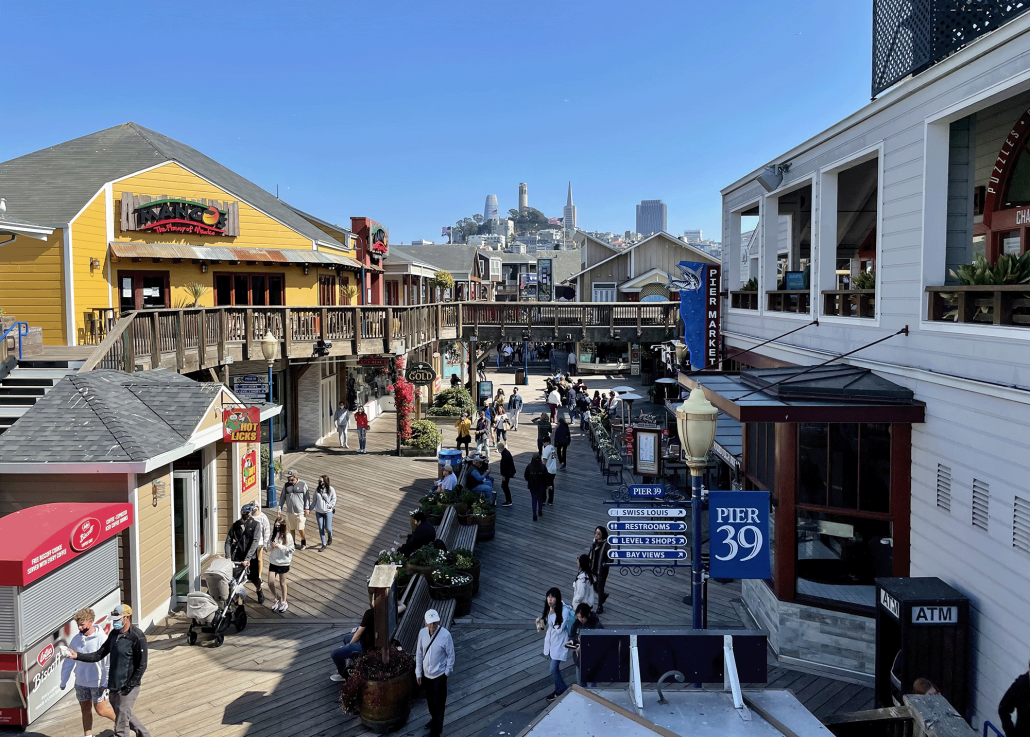
The passenger travel network is growing eastwards, feeding more people into what are the busy central London hub piers. To support London’s recovery and accommodate long-term sustainable growth of passenger travel, these key central London piers need to be developed. Securing investment for these works is challenging.
Development of a landmark ‘destination’ pier on the river, blending the essential passenger interchange with suitable attractions, similar to Pier 39 in San Francisco, could be a helpful model for future pier development schemes.
Explore the Thames Vision 2050
The Thames Vision is built around three interconnected themes, centred on the role the river plays for people and the environment.
The No. 1 Net Zero UK commercial hub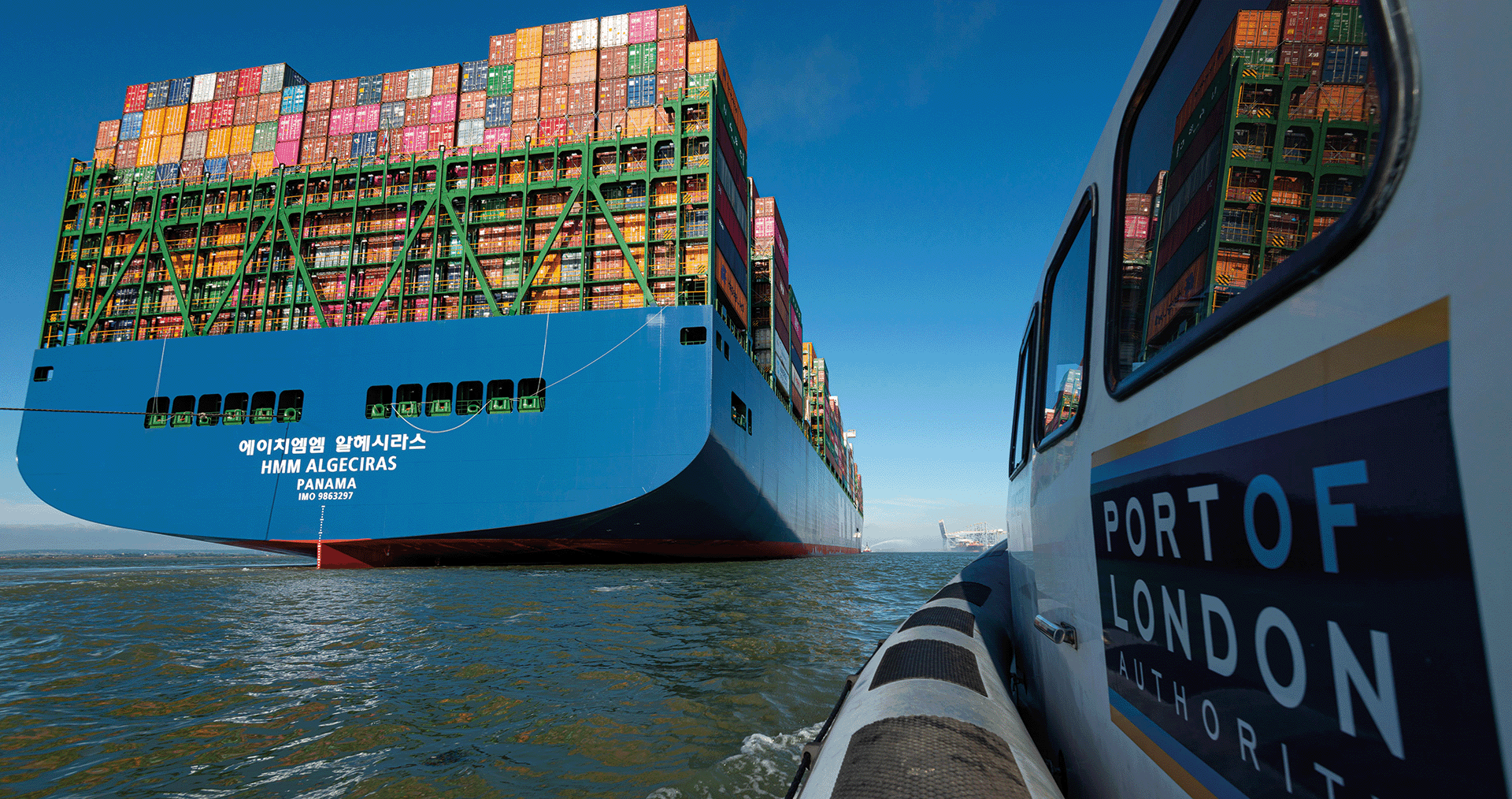
The country’s largest and most competitive port, closest to the UK’s biggest market, producing Net Zero emissions. Improved connectivity to road and rail infrastructure. Technologically innovative, expanding the transportation of light freight into central London as urban logistics transform.
A place to live, visit, play and enjoy
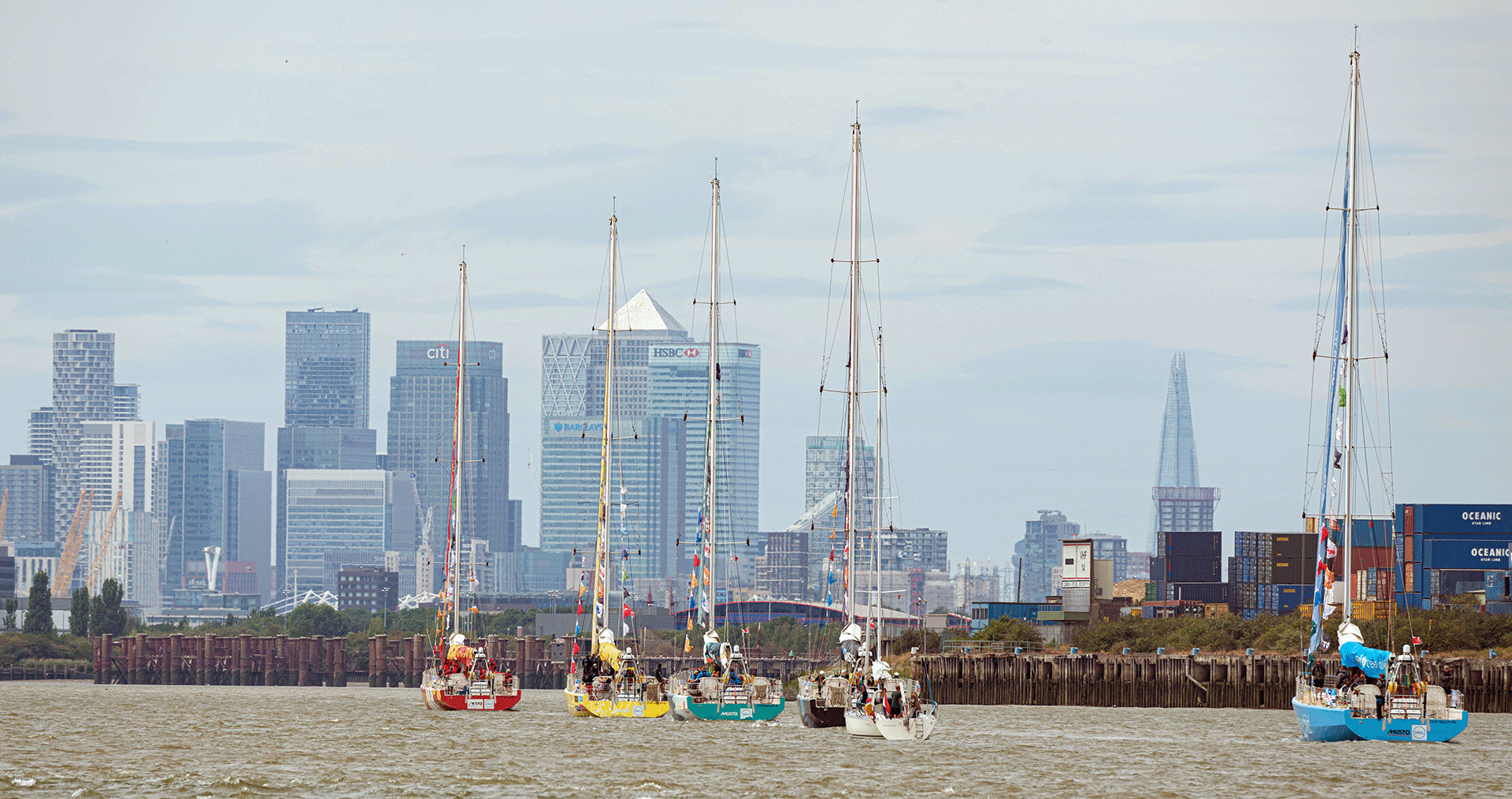
Accessible to all, a national and international icon for the city and the country. More visitors, drawn to the river as the best way to enjoy London and the Thames Estuary, and its many cultural attractions. More people from diverse backgrounds enjoying sport and leisure opportunities on the Thames.
Clear air, water and land
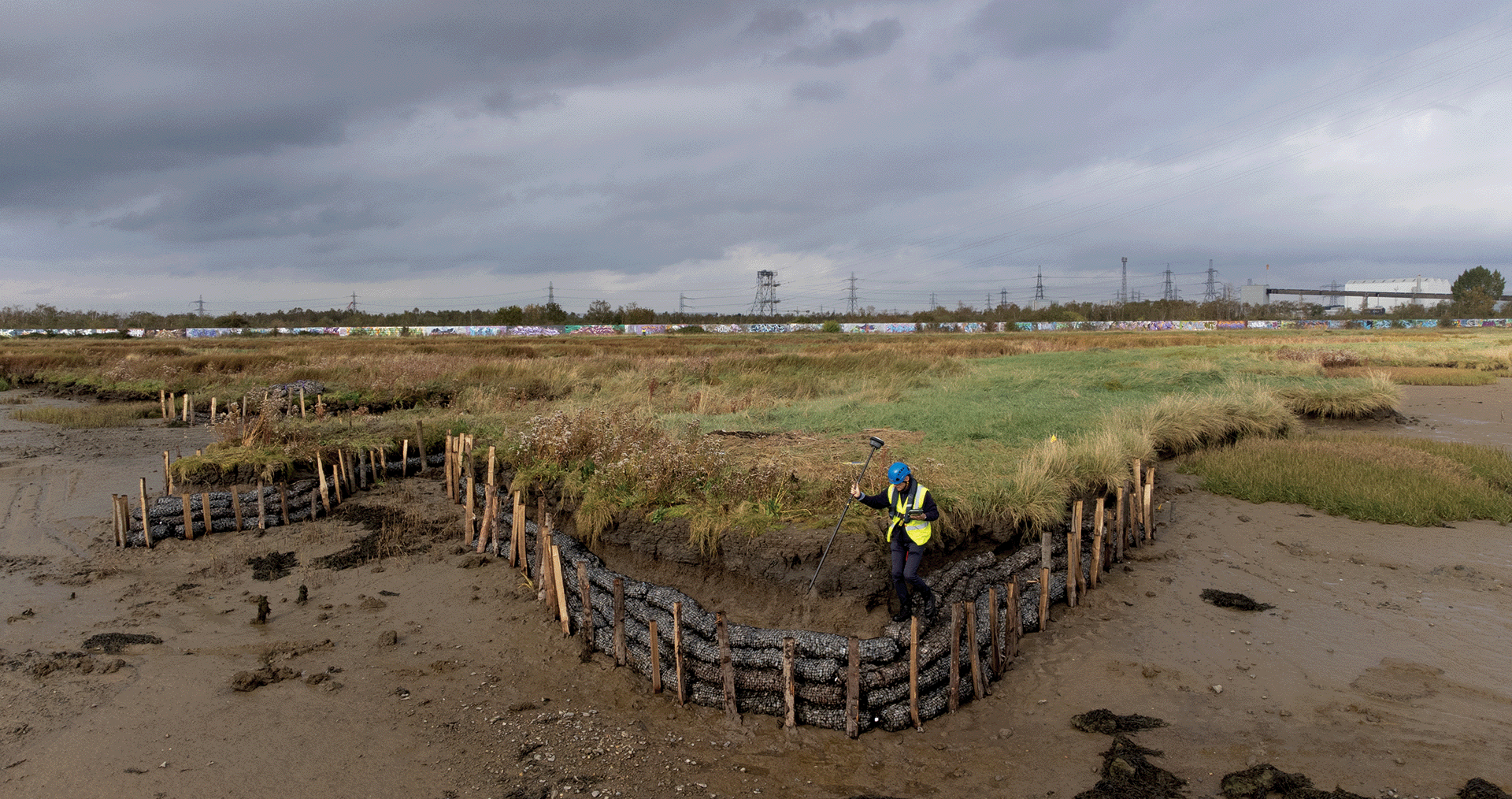
A clean river, free of sewage, waste and other pollution, supporting greater biodiversity and recreational use. Valued for its clean air, natural flood defence, wildlife and as a carbon sink.
Discover
